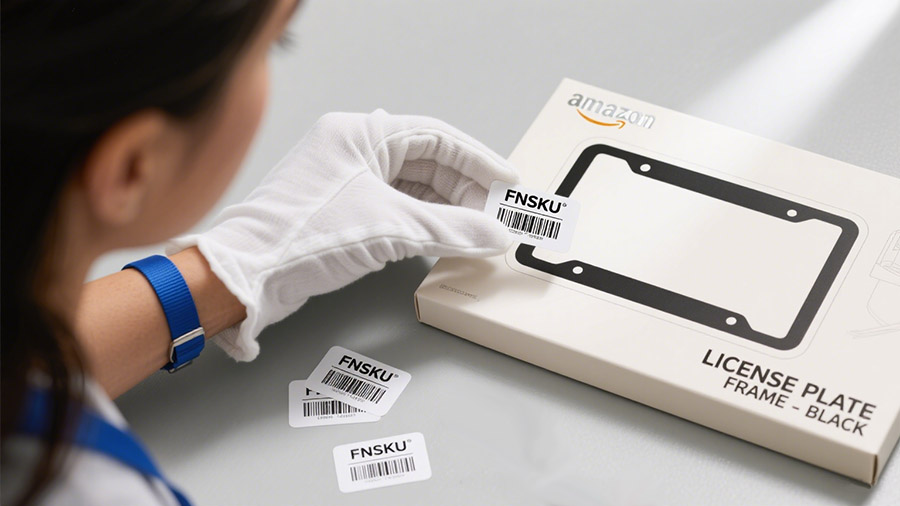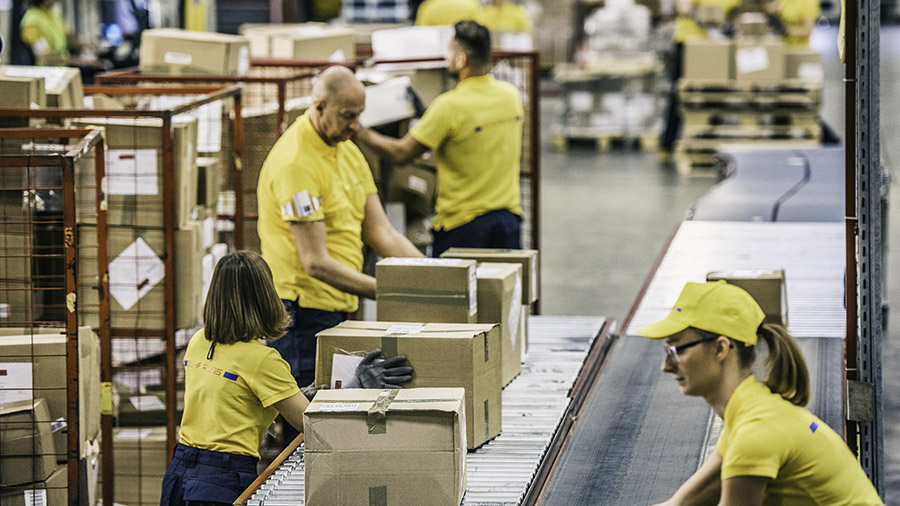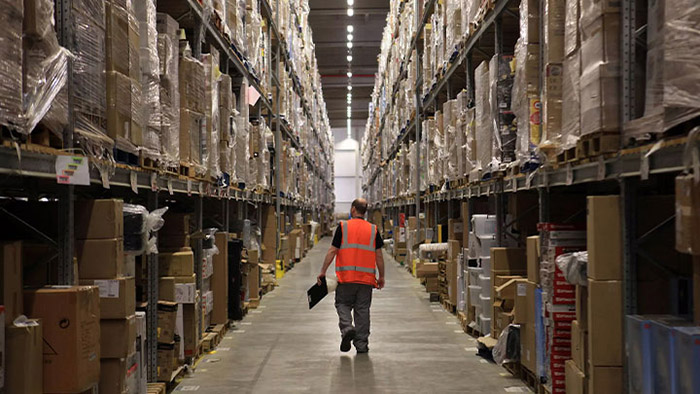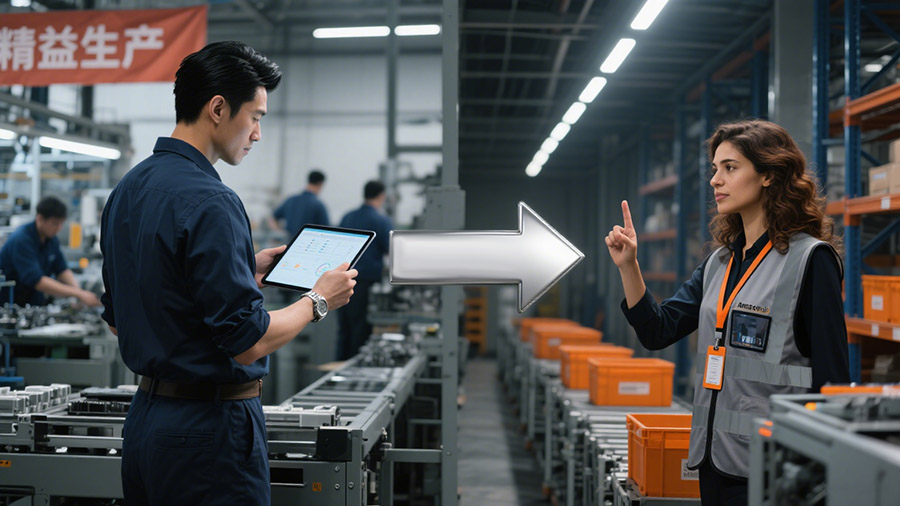Quick Answer:
Bringing your license plate frame products from a Chinese factory to Amazon FBA (or other DTC warehouses) requires careful planning—across production, labeling, shipping, and customs clearance. This guide walks you through every step to streamline the process, reduce delays, and ensure compliance with Amazon’s strict requirements.
Why This Guide Matters for DTC Brands
Whether you’re a U.S.-based startup launching your first product on Amazon or a European giftware brand expanding into automotive accessories, your success hinges on supply chain execution.
Step-by-Step: From Our Factory to Amazon FBA
Step 1: Finalizing Your Product Design
Before production begins, ensure your design files are complete and Amazon-compliant:
- Barcodes: FNSKU labels provided by Amazon
- Packaging Requirements: Retail-ready packaging or polybag with suffocation warning
- Frame Specs: U.S. plate size (6″x12″), hole pattern (2-hole or 4-hole), corrosion resistance
✅ OEM Tip: If you’re unsure about frame material or coating for U.S. climates, we’ll guide you through salt spray standards and weatherproof testing.
Step 2: Production & Quality Control
We’ll start mass production based on approved samples. During this phase:
- We conduct in-process QC checks to catch defects early
- You’ll receive production updates and photos/videos
- We offer final inspections with AQL reports before shipment
🎯 Need to include installation hardware (screws, caps)? Let us know early so we bundle them into production and meet Amazon’s kitting rules.

Step 3: Labeling for Amazon
Once products are packed, we’ll handle FBA labeling:
- Apply FNSKU barcodes on each unit (or inside polybag)
- Print carton labels with Amazon’s box ID and destination
- Follow Amazon’s carton weight & dimension rules (no box >50 lb unless single oversized unit)
📦 We can also support insert cards, QR codes, or brand messaging—a great way to drive post-sale engagement or reviews.
Step 4: Freight Booking (Air or Sea?)
Based on your timeline and budget, we’ll help you choose:
| Shipping Mode | Transit Time | Best For |
| Air Freight | 5–10 days | Urgent launches, small batches |
| Sea Freight | 25–40 days | Cost-effective for full cartons |
| DDP Shipping | Varies | All-in-one to Amazon, duties prepaid |
We’ll prepare:
- Commercial invoice
- Packing list
- HS code (e.g. 8302.30 for metal frames)

Step 5: Customs Clearance & Delivery
We can ship under EXW, FOB, or DDP terms. Most DTC clients prefer:
- DDP to Amazon FBA warehouses (U.S., Canada, EU)
- Amazon appointment scheduling handled by freight forwarders
You’ll receive tracking and real-time updates throughout.
Step 6: Inventory Monitoring & Reorders
Once your product goes live:
- We help you track sell-through rates
- Offer fast reorders or small batch production when needed
- Can assist in diversifying SKUs (colors, patterns, materials)
🔁 Typical reorder lead time: 25–35 days depending on material and finishing process.

Pro Tips for DTC Brands Selling on Amazon
- Start with a manageable MOQ (we accept flexible volumes for first orders)
- Avoid oversized packaging—it increases FBA storage fees
- Plan 2–3 months ahead for seasonal launches (Q4, Father’s Day, etc.)
- Use our kitting service to bundle accessories like screw covers or gift boxes
- Test both 2-hole and 4-hole designs to appeal to more U.S. buyers
Final Thoughts
A smooth supply chain is the backbone of any successful DTC business.
With the right OEM partner, you don’t just get a product—you get a process.
From fine-tuned manufacturing to Amazon-ready shipping, we support your brand at every milestone.
👉 Contact us to start your first Amazon project, request an MOQ quote, or get help planning your next FBA shipment.

